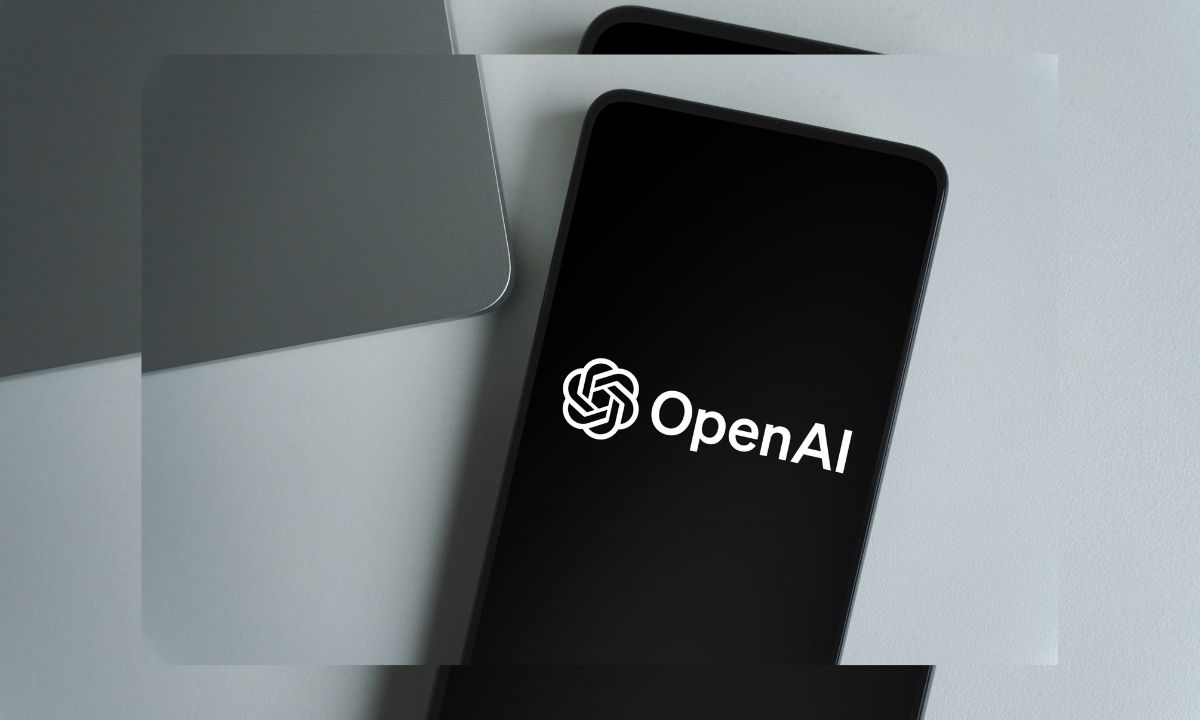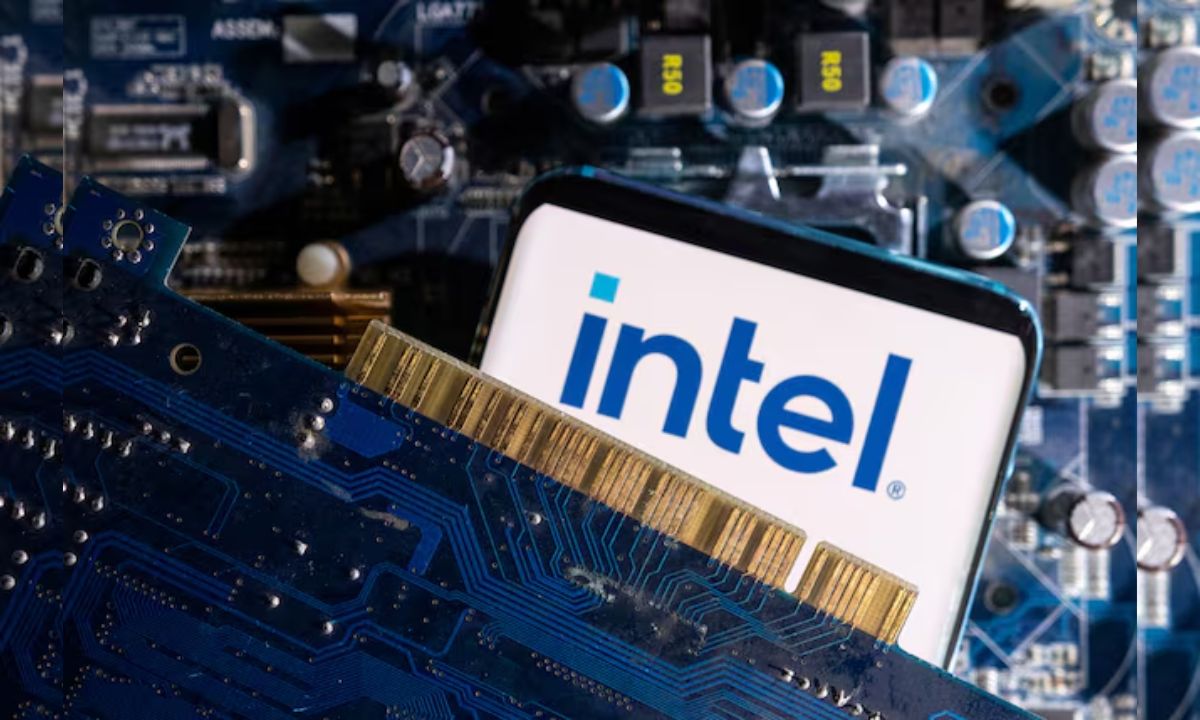Large language models like ChatGPT, Gemini, and DeepSeek are changing how students and teachers work. These tools can write essays, solve math problems, debug code, and even chat like humans. Students use them to find ideas, solve problems quickly, and understand tough topics. Teachers use them to check assignments, create custom lessons, and find better teaching methods.
Risks of Using AI Without Understanding
Even with many benefits, there are dangers. Some students may skip learning by using AI to complete their work. Teachers might think the AI-written content is original. If AI is used without rules, it can show bias and give unfair results. These problems show why AI literacy is important—people must learn the difference between helpful use and misuse.
What Does AI Literacy Mean?
AI literacy means knowing how AI works, how it affects life, what is okay to do with it, and what is not. It also includes using it in smart, ethical, and effective ways. As AI becomes more complex and common, schools and colleges need to teach students and teachers how to use it well. Sadly, many students are using AI without knowing what is right or wrong. Many schools still don’t have proper rules for AI use.
Why Schools Should Teach AI Ethics
Schools play a big role in teaching AI literacy. They can do this by adding AI lessons in their subjects, training teachers, and making clear rules for AI use. Students can learn AI ethics, real-life uses, and limits of AI. They should also try projects that include AI tools so they understand how to use them better. Teachers need training too, so they can guide students properly. Regular workshops and events can help keep everyone updated.
Clear Rules Help Avoid AI Misuse
Academic rules must be clear about how to use AI in assignments. These rules should ask everyone to mention when and how they used AI. This helps avoid cheating and builds trust. Schools can also host panel discussions where students, teachers, and AI experts talk about how AI is being used in learning.
AI Should Be a Learning Partner, Not a Shortcut
Students and teachers should see AI as a helpful partner. For example, a student can use AI to gather ideas and then use their own thoughts to complete an essay. A teacher can use AI to create fun lesson plans. Instead of stopping AI use, schools should guide how to use it wisely. This builds a culture of innovation and helps everyone grow.
AI Skills Prepare Students for the Future
When students and teachers understand AI, they can do more than just basic tasks. They can analyze texts, simulate science work, and make creative projects. Teachers can focus on teaching problem-solving and critical thinking—areas where humans are still better than AI.
AI Literacy Goes Beyond Schools
Knowing how to work with AI is useful not just in education, but also in jobs and everyday life. Many companies are now using AI in their services. People who know how to use AI smartly will have better chances in careers and society. This shows why AI literacy should become part of school programs now.
The Right Balance Between AI and Humans
As AI continues to grow, the way we learn will also change. If people don’t learn how to use it properly, they may misuse it. But with smart planning, AI literacy can help schools turn these challenges into success. We don’t have to choose between humans and machines—we just need to learn how they can work together.






